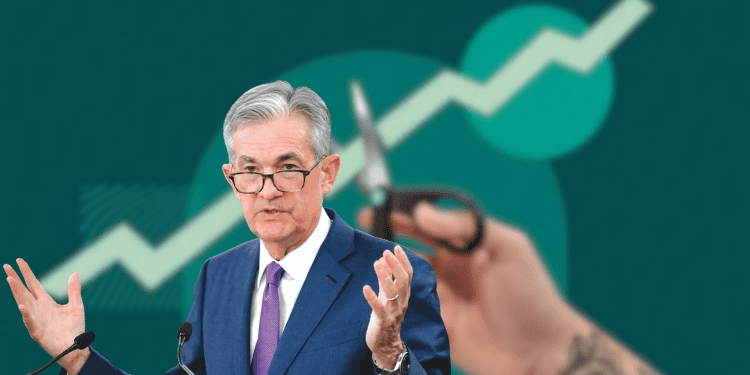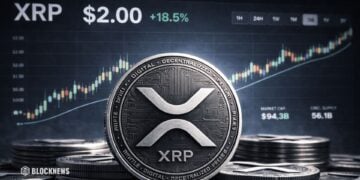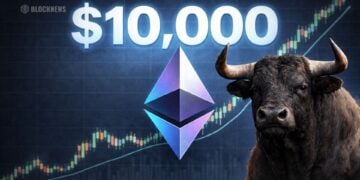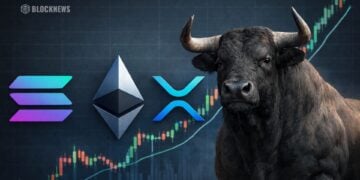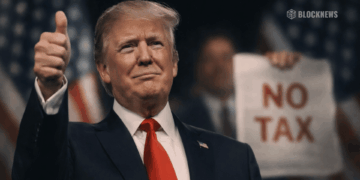- Fed Chair Jerome Powell said inflation has come a long way since reaching a four-decade peak two years ago, but central bank officials still want to see more progress before cutting interest rates.
- While inflation has slowed dramatically, it hit a snag early this year which pushed back the timing of the first anticipated rate cut. Fed officials expect to cut interest rates just once this year.
- The robust US job market has cooled off recently, with the unemployment rate edging higher and new applications for unemployment benefits trending up, factors that could prompt the Fed to cut rates sooner than expected.
Federal Reserve Chair Jerome Powell recently spoke about the progress made on lowering inflation, but noted that interest rate cuts are not imminent yet.
Inflation Progress
Inflation has come a long way since reaching a four-decade peak two years ago, according to Powell. However, central bank officials still want to see more progress before cutting interest rates, he said.
The Fed has stated that rate cuts are unlikely until they gain greater confidence that inflation is moving sustainably toward their 2% target. Recent inflation readings show modest further progress, which would strengthen confidence, Powell added.
Labor Market Developments
The job market remains solid, but has cooled off from its robust pace in recent years. The unemployment rate edged up in June, reaching its highest level in over two years. Jobless claims have also trended up lately.
Powell said an unexpected deterioration in the labor market would prompt earlier rate cuts, since the Fed aims to maximize employment. This comes as consumers show signs of pulling back after years of high inflation and rising rates.
Economic Outlook
Recent economic data builds the case for rate cuts, but the timing remains uncertain. Inflation slowed in June and job growth moderated. However, it’s unclear whether the economy will continue slowing at a steady pace.
Powell and most economists don’t foresee a recession this year. But the Fed will monitor incoming data and stand ready to adjust policy as needed to sustain the economic expansion.


